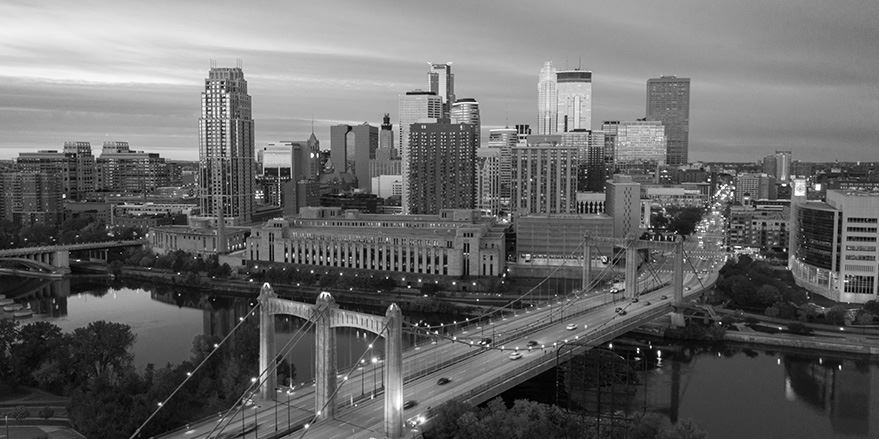Me Too. It’s an acknowledgment–for just about anything–that you share a common experience with someone else. Me too means that you hated finger painting in kindergarten, or that high school chemistry was your greatest enemy, or that you love the Red Sox. A simple two-word phrase that connotes, “I get you, we are kindred spirits”.
Since last year, when journalist Ronan Farrow exposed Harvey Weinstein as a sexual predator in the New Yorker, many, many women–and a few men–have come forward to admit and acknowledge that they too have been the victims of unwanted sexual attention. As Weinstein was a titan in the entertainment industry, the initial wave of the movement was focused on harassment in the workplace–particularly in Hollywood–whether the women were actors, writers, and producers, they were invited to the casting couch against their will.
The New Yorker story broke October 23, 2017, but rumblings of the expose had been running through the Twitterverse and the media for several days. Weinstein’s history of expecting sexual favors in exchange for acting roles was an open secret in the movie industry, but his ability to make or break careers made him an untouchable–too many women had seen their peers’ careers evaporate after they rebuffed Weinstein’s advances, or threatened to tell of his assaults.
Alyssa Milano, and actor and activist, used the phrase “MeToo” as a twitter hashtag on October 15, 2017, a week before the New Yorker ran. That day, the New York Times published a story hinting at harassment, and Milano picked up on a phrase that originated with Tarana Burke, another activist and a filmmaker, in 2006 on her MySpace page. If you don’t remember MySpace, it was the original social media network, and, per Wikipedia, Burke was using the site in 2006,
as part of a campaign to promote “empowerment through empathy” among women of color who have experienced sexual abuse, particularly within underprivileged communities.
When a young girl told her she had been sexually assaulted, Burke said later she wished she could have said, me too”.
When Milano tweeted “MeToo” on that day, it been retweeted over 200,000 times by the end of the day, and over half a million the following day. On Facebook, the hashtag popped up in 12 million posts by close to 5 million people the first day. As more celebrities came forward, women all over the world followed their lead, and a movement was born.
An interesting codicil to the Me Too movement is that Ronan Farrow has cautioned that the Me Too Movement can have unintended consequences–those innocent men can become “casualties” of the movement. Newsweek reports that in a speech last December, Farrow said that
“decades of silence on this issue” has caused this moment of “white hot anguish”.
He expanded on that statement by encouraging caution, saying that miscarriage of justice for some accused men is indeed a possibility and that anyone reporting on harassment or assault needs to gauge the severity of potential charges. This discretion Farrow recommends can be seen by the different charges and penalties levied against Senator Al Franken, Bill Cosby, and Kevin Spacey.
Since last October, the MeToo Movement retains the “white-hot anguish” that Farrow referenced. The cultural awareness that has evolved reaches the US Congress, the Catholic Church, Wall Street firms, Olympic athletes, the US military–even adult movie actors are saying they have been harassed on the job.
What happens next with the Me Too Movement is an unknown. The heat has not dissipated and the recent allegations against Brett Kavanaugh have brought the movement back to the forefront. A “movement” seldom has a defined purpose, and there is some dissent among the leaders of the movement as to what their goals are.
If you would like to know more about the Me Too Movement, please contact us.

